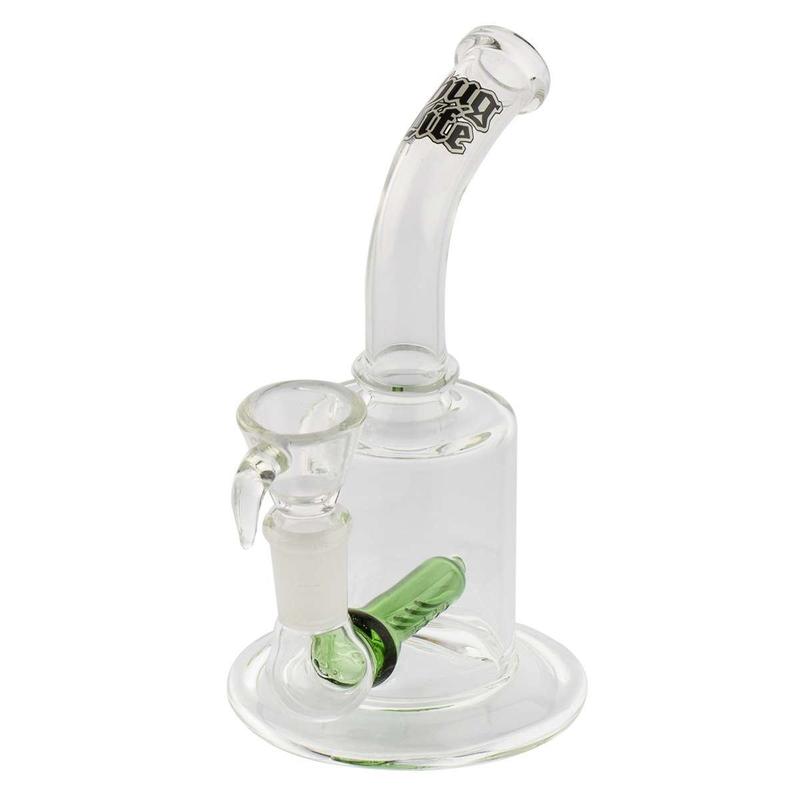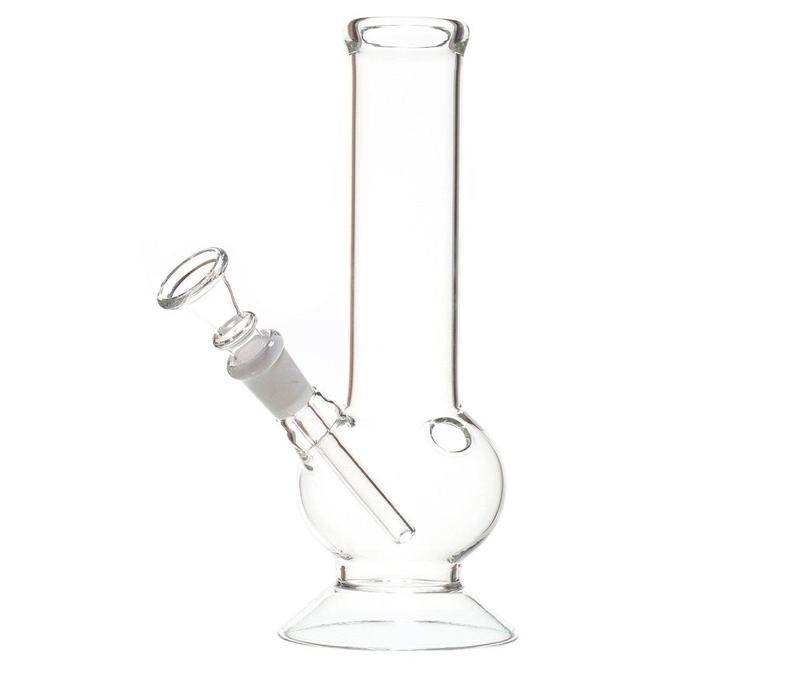In recent years, the hookah culture has gained significant traction in various urban centers across the United States, and Washington, D.C., is no exception. Known for its vibrant nightlife and diverse social scene, D.C. has become a hotspot for hookah enthusiasts. This article explores the allure of hookah in the capital, examining its history, cultural significance, and the unique experiences it offers to both locals and visitors.
Hookah, also known as shisha or waterpipe, is a device used for smoking flavored tobacco. The hookah consists of a bowl, a water chamber, and a hose through which the smoke is inhaled. The tobacco used in hookah is often mixed with molasses and various flavorings, resulting in a sweet and aromatic smoke that is distinct from traditional cigarettes. The origins of hookah can be traced back to the Middle East, where it has been a social activity for centuries, fostering community and conversation.
Hookah has a rich history that dates back to the 15th century in Persia (modern-day Iran). It was initially used by the elite and became a symbol of hospitality and social bonding. Over the years, the practice spread across the Middle East, India, and eventually to the Western world. In D.C., the hookah trend began to rise in popularity in the early 2000s, coinciding with the city's growing multicultural demographic. Hookah lounges began to pop up, offering a unique space for people to gather, relax, and enjoy flavored tobacco.

One of the main attractions of hookah in Washington, D.C., is its social aspect. Unlike traditional smoking methods, hookah is often enjoyed in groups, making it a communal experience. Many hookah lounges in the city provide a cozy atmosphere, complete with comfortable seating, ambient lighting, and a diverse menu of flavors. This setting encourages conversation and interaction, drawing in both locals and tourists looking for a unique night out.
Another reason for the popularity of hookah in D.C. is the vast array of flavors available. From fruity options like watermelon and peach to more exotic blends such as mint and rose, there is something to suit every palate. Many lounges allow customers to mix and match flavors, creating personalized combinations that enhance the smoking experience. This level of customization is appealing to those who enjoy experimenting with different tastes and aromas.
While both hookahs and bongs are used for smoking, they have distinct differences that set them apart. Bongs, typically used for smoking cannabis, are designed to filter smoke through water, which cools and purifies it before inhalation. In contrast, hookahs are primarily used for flavored tobacco and offer a more social experience. The size and design of hookahs also allow for longer sessions with multiple users, making them ideal for gatherings. This communal aspect is a significant factor in their popularity in social settings, particularly in D.C.
Hookah lounges in Washington, D.C., have become cultural hubs, attracting a diverse clientele. Many of these establishments host events, including live music and themed nights, further enhancing the social experience. They often serve a variety of beverages and food, allowing patrons to enjoy a full evening out. The ambiance of these lounges, combined with the ritual of preparing shipped and smoking hookah, creates a unique atmosphere that keeps people coming back.

Despite the enjoyable experience that hookah provides, it is essential to consider the health implications associated with smoking. Hookah smoking is often perceived as a safer alternative to cigarettes, but studies have shown that it can still pose significant health risks. The smoke produced by hookahs contains harmful chemicals and toxins, similar to those found in cigarette smoke. It is crucial for users to be aware of these risks and to approach hookah smoking with caution, especially in social settings where sharing the pipe is common.
In Washington, D.C., hookah lounges must adhere to specific regulations regarding smoking in public spaces. The city has implemented laws that restrict smoking in indoor public areas, which has led some lounges to create outdoor seating arrangements to accommodate patrons. Additionally, age restrictions apply, and lounges must ensure that their customers are of legal smoking age. These regulations aim to balance public health concerns with the enjoyment of social smoking activities.
As the hookah culture continues to evolve, it will be interesting to see how it adapts to changing social norms and health regulations. The rise of vaping and other smoking alternatives may influence the hookah industry, but the communal and cultural aspects of hookah are likely to keep it relevant in the social scene of agung my bong 32cm glass bong Washington, D.C. Hookah lounges will need to innovate and provide unique experiences to attract new customers while maintaining the traditional elements that make hookah smoking special.
In conclusion, the hookah culture in Washington, D.C., offers a fascinating blend of history, flavor, and social interaction. As more people discover the joys of smoking flavored tobacco in a communal setting, hookah lounges will continue to thrive in the capital. Whether you are a seasoned hookah smoker or a curious newcomer, the experience of enjoying a hookah in D.C. is one that is sure to leave a lasting impression. As with any social activity, it is essential to engage responsibly, keeping in mind the health implications and enjoying the rich cultural experience that hookah provides.